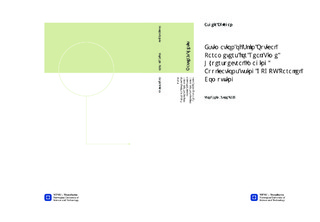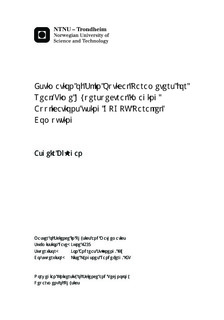| dc.description.abstract | Hyperspectral imaging with a high spatial and spectral resolution can be used to analyze materials using spectroscopic methods. This can be applied on skin as a general purpose real-time diagnostic tool.Light transport models, like the diffusion model, can describe the light propagation in tissue before the light is captured by the hyperspectral camera. The aim of this project is, through the inversion of these models as applied on hyperspectral images of skin, to estimate optical properties resident in the tissue. This will be done within a deadline limit defined by the speed of the hyperspectral camera, 30 ms per line of data.A two-layered skin model is used to estimate the melanin content in epidermis and the dermal absorption coefficient. The skin properties are fitted to the absorption coefficients using a non-negative least squares algorithm at separate wavelength intervals to yield properties down to some penetration depth. Melanin is first fitted in dermis before moved to epidermis. The approach is implemented in CUDA for parallelization on Graphics Processing Units across hyperspectral pixels and wavelengths. The inversion models are integrated in a hyperspectral processing framework developed by Forsvarets Forskningsinstitutt for modularity. Visualization of the results and calibration tools have been developed using Qt and OpenCV. The resulting inversion chain was found to meet the deadline, finishing the results after 3.5 ms for 1600 pixels, 160 bands and three wavelength intervals. The inversion approach was found to characterize the relative variations of the optical parameters in hyperspectral images of wounds and normal tissue and the absolute values were found to be within physical levels. The inversion routine was tested using Monte Carlo simulations and found to characterize the relative variations in the parameters.The developed hyperspectral inversion module can be used to estimate skin parameters in real-time. The parameters extracted can be used to characterize different afflictions in skin, and will be one of many necessary processing blocks in a future real-time diagnostic system using hyperspectral imaging. | nb_NO |

